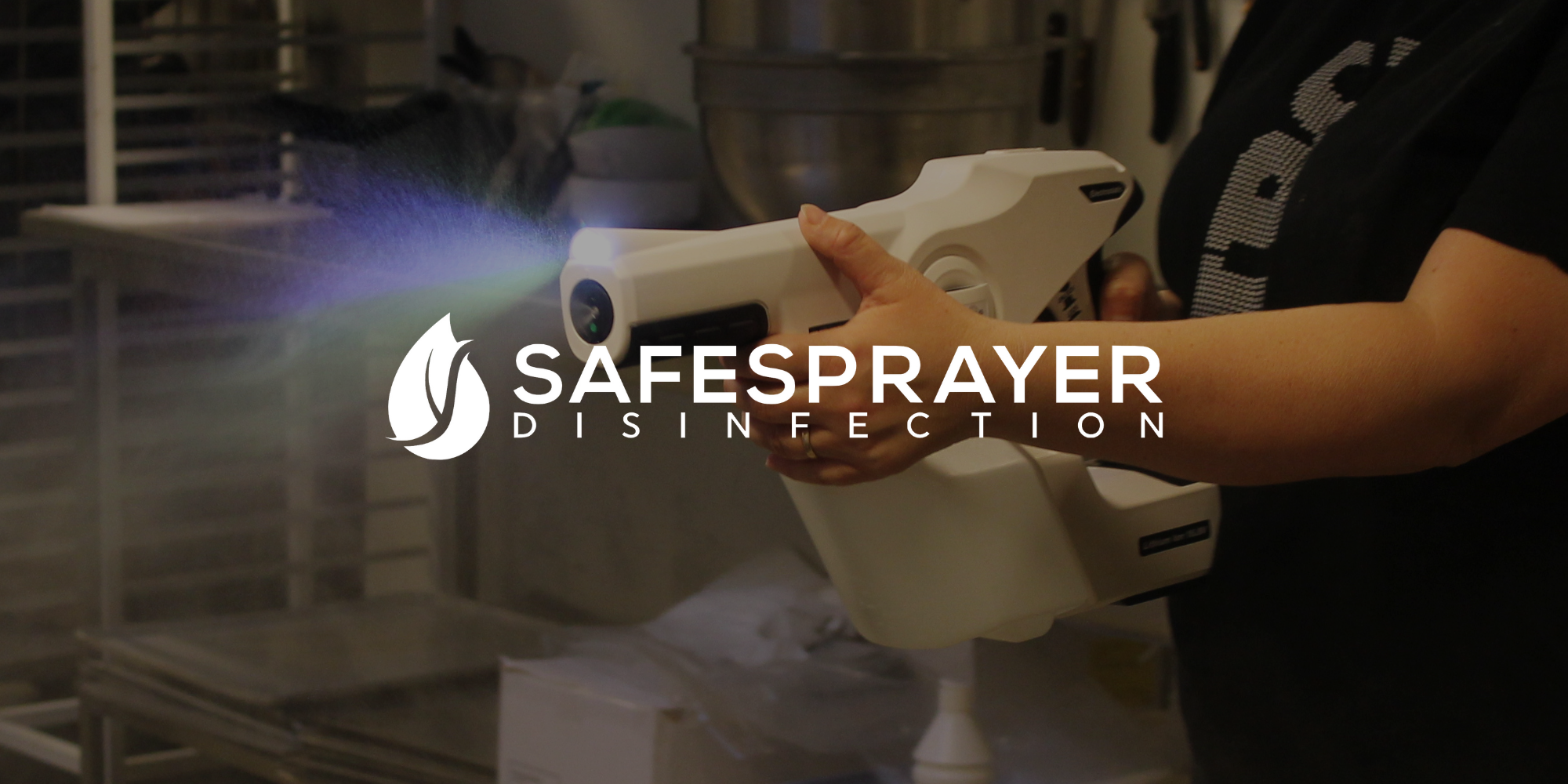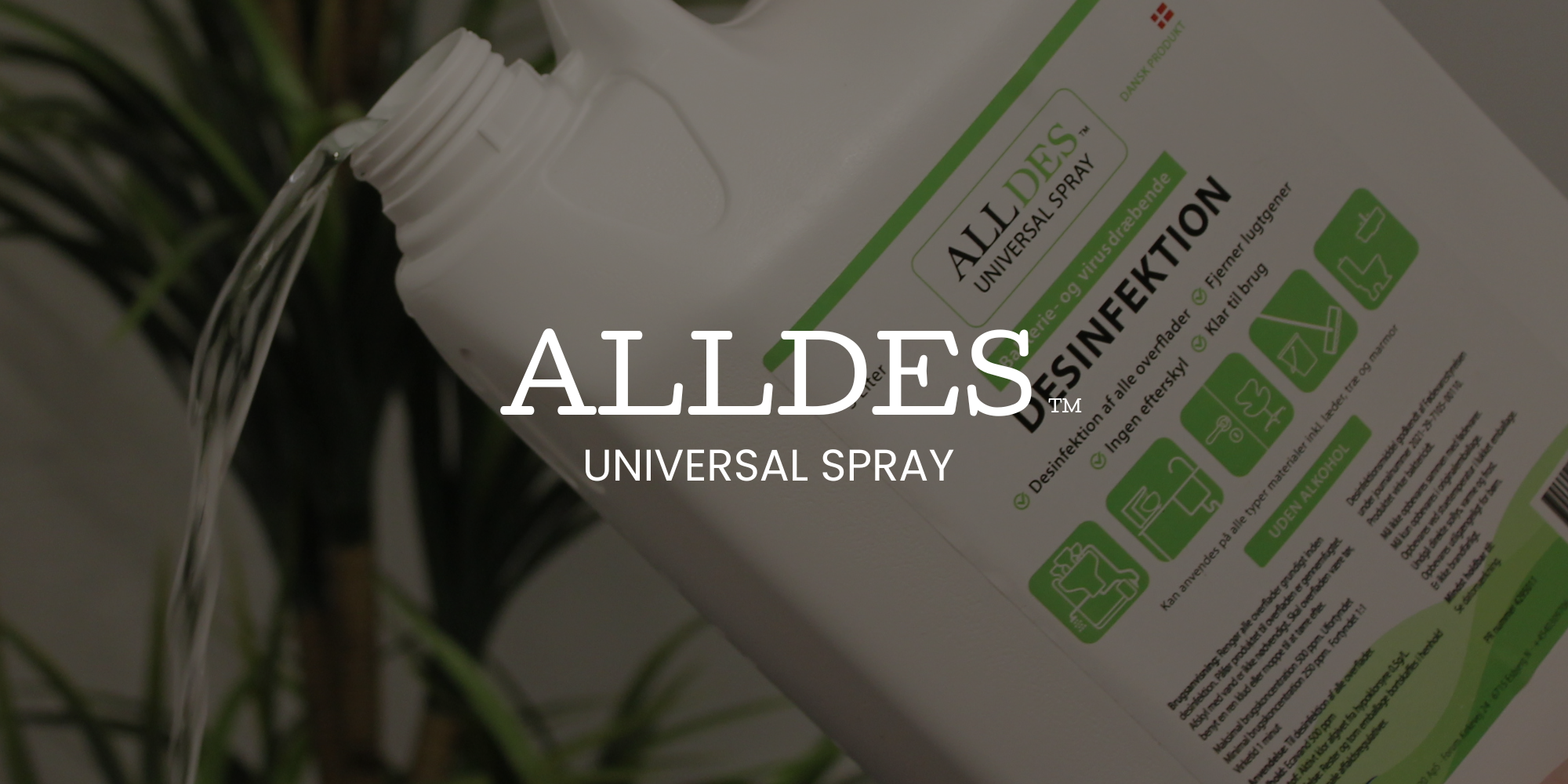In these times, where hygiene is of utmost importance, it is crucial to know how to wash your hands correctly to remove bacteria and viruses. An effective hand wash can be a simple yet powerful way to protect yourself and others from illnesses. Here is a step-by-step guide to the best way to wash your hands:
Step 1: Apply water to your hands
Start by turning on the tap and letting the water run until it is comfortably warm. Wet your hands thoroughly under running water. It is important that the water is warm enough, as it helps to loosen dirt and dissolve soap better.
Step 2: Apply soap
Apply a suitable amount of liquid soap to your wet hands. The amount of soap should be sufficient to create a good lather and cover all parts of your hands, including the backs, palms, fingers, and between the fingers.
Step 3: Lather it up
Rub your hands together to create lather. Make sure to rub the soap thoroughly into all surfaces of your hands for at least 20 seconds. This includes rubbing fingers against each other, around the nails, and the insides of the palms.
Step 4: Rinse thoroughly
Rinse your hands under clean, running water to remove the soap and loosen dirt, bacteria, and viruses from the surfaces of your hands. Be sure to rinse off all soap residues thoroughly, as soap that remains on the skin can cause irritation.
Step 5: Dry your hands
Dry your hands thoroughly with a clean towel or paper towel. It is important to dry your hands completely, as damp hands can be an environment where bacteria thrive better.
Step 6: Use hand sanitizer (optional)
If you do not have access to water and soap, you can use a hand sanitizer with an alcohol content of at least 60% or even better than water-based hand disinfection, which does not dry out or harm your skin. Apply a suitable amount to your hands and rub it in thoroughly until your hands are dry.
Step 7: Repeat regularly
To maintain good hand hygiene, you should repeat the hand washing process regularly, especially after being in contact with public places, before eating, or touching your face. This helps to protect both yourself and others from illnesses.
By following these simple steps, you can help keep your hands free from harmful bacteria and viruses while reducing the risk of spreading infections to others. Good hand washing is not only an act of personal hygiene but also an act of responsibility towards the community.
Frequently Asked Questions (FAQ):
- Why is it important to wash hands for at least 20 seconds? It is recommended to wash hands for at least 20 seconds because this time is necessary to ensure that the soap and rubbing are effective in removing bacteria and viruses from the skin. Shorter time may not be sufficient to achieve the desired hygienic effect.
- What type of soap is best to use? Any liquid soap that creates lather is ideal for hand washing. It is recommended to choose a soap that is not too harsh on the skin, as repeated hand washing can lead to dryness and irritation.
- Can I use hand sanitizer instead of washing hands? Hand sanitizer is a good temporary solution when there is no access to water and soap. However, it is important to remember that hand sanitizer does not remove all types of dirt and may be less effective against certain types of bacteria and viruses compared to hand washing.
- How can I avoid getting dry hands after repeated hand washing? To avoid dry hands, you may consider using a moisturizing soap and applying a good hand cream after each hand wash. It is also a good idea to avoid using water that is too hot, as this can contribute to drying out the skin.
- When should I always wash my hands? You should always wash your hands after visiting public places, using the toilet, coughing or sneezing, before eating or preparing food, and when your hands appear visibly dirty. These routines help reduce the risk of spreading diseases to yourself and others.











